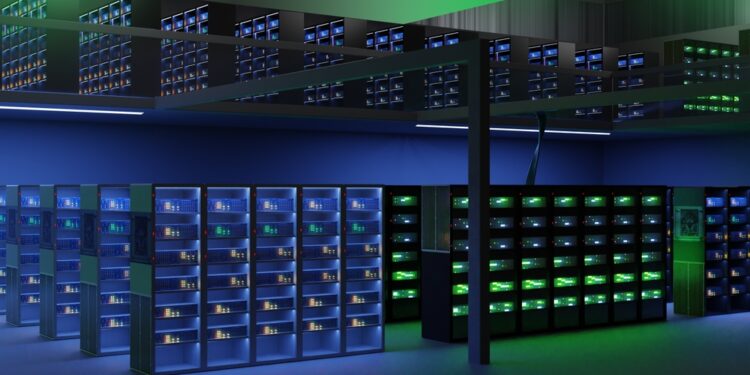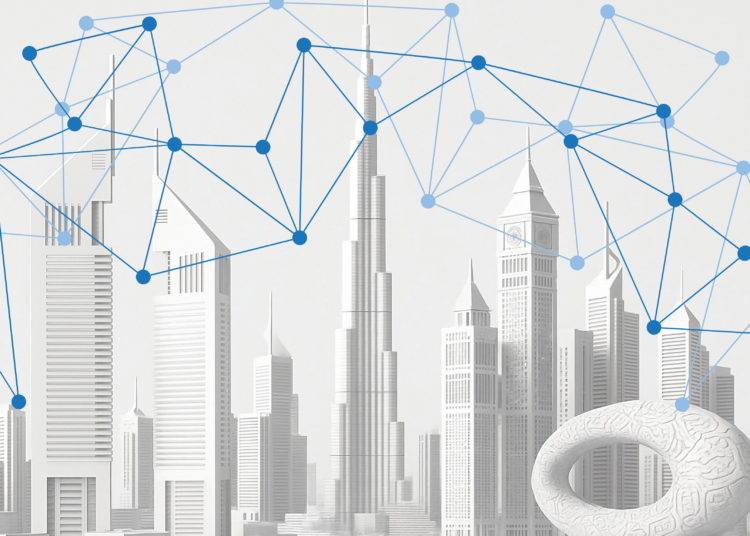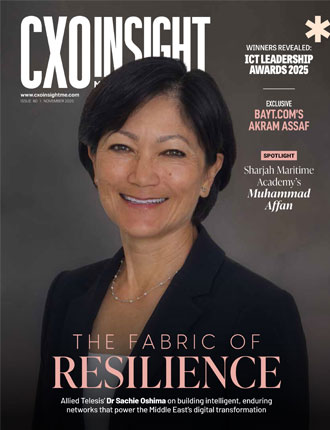Across the Middle East, countries like the UAE and Saudi Arabia are accelerating their investments in digital infrastructure. From smarter cities to advanced online services and more frequent applications of artificial intelligence (AI), the region is clearly focused on Digital-first ecosystems. At the heart of all these developments lie data centres—the digital engines powering this transformation.
Yet, these critical facilities come with a challenge. They consume significant energy, particularly in hot climates where keeping systems cool dramatically increases power demands. In cities like Riyadh and Dubai, summer temperatures often exceed 40°C, pushing data centres to spend up to 40 percent of their energy budget on cooling alone. As the region plans for more data centres to support its growing digital economy, efforts to manage the environmental and financial costs of energy use are becoming increasingly central. At the same time, sustainability is becoming a national priority. The UAE aims to achieve carbon neutrality by 2050, and Saudi Arabia’s Vision 2030 puts environmental goals at the core of economic development. Meeting these ambitions will require more than just building new facilities—it demands smarter, more efficient infrastructure.
Rethinking the architecture: Co-packaged optics
One technology showing strong potential to address this issue is co-packaged optics (CPO). Traditional data centres rely on separate modules and external cabling to transmit data, with each connection adding heat and consuming energy. CPO simplifies this setup by embedding optical connections directly next to computing chips, reducing the number of components and the heat they generate.
This integration results in less energy use, and better thermal performance. By reducing the complexity of electrical connectivity inside a switch, CPO can help improve both energy efficiency and overall performance—key factors for regions battling high ambient temperatures and ambitious climate targets.
Smarter AI training, lower footprint
The need for efficiency becomes even more urgent as AI grows more central to sectors ranging from healthcare to finance. Training advanced models demands vast computing power, time, and electricity. As a result, optimising the energy footprint of AI infrastructure has become a pressing concern.
Here too, CPO offers an advantage. By embedding optical links within processing chips, data can move faster and more efficiently, removing much of the friction found in older systems. Recent innovations have shown tangible results. According to IBM Research, optical chip integration has cut training times for large language models (LLMs) from three months to just three weeks—a leap forward in both performance and energy savings.
A word of caution
However, caution is warranted, as higher efficiency can lead to greater overall usage. In the context of AI, this means that as training becomes faster and less costly, organisations might train more models, potentially offsetting energy savings. Strategic oversight is critical to ensure that the benefits of CPO contribute to sustainable practices—not unchecked expansion
Matching growth with responsibility
The Middle East is building modern, connected cities at an impressive pace. But digital progress must go hand in hand with sustainable thinking. Co-packaged optics is more than a technical upgrade—it’s a practical solution that helps reduce power usage, limit heat output, and support future AI workloads.
For a region where conserving energy is both a financial and strategic priority, adopting technologies that do more with less isn’t just an option—it’s a necessity.










Discussion about this post